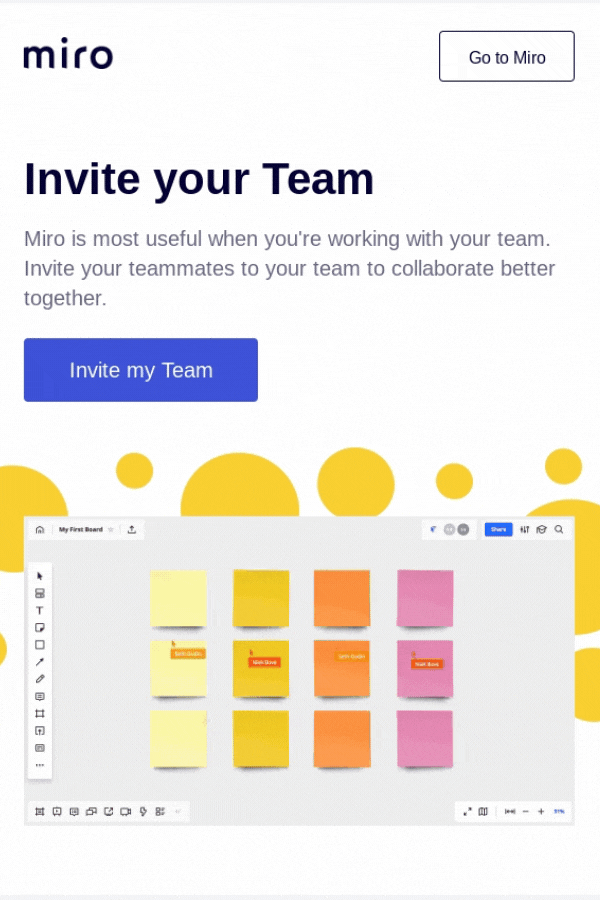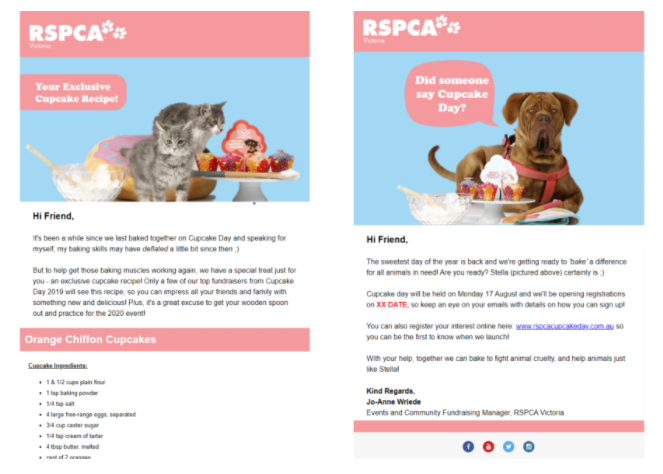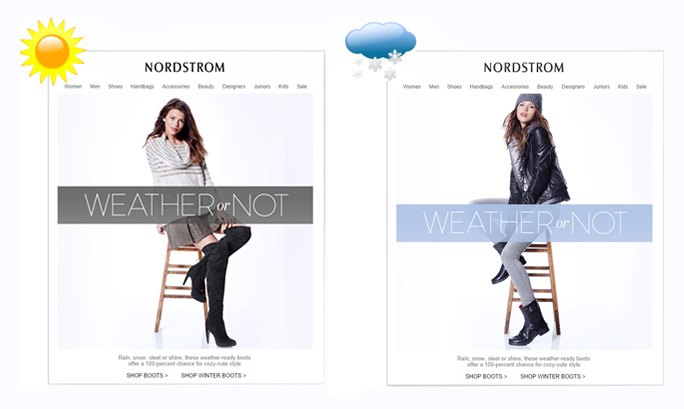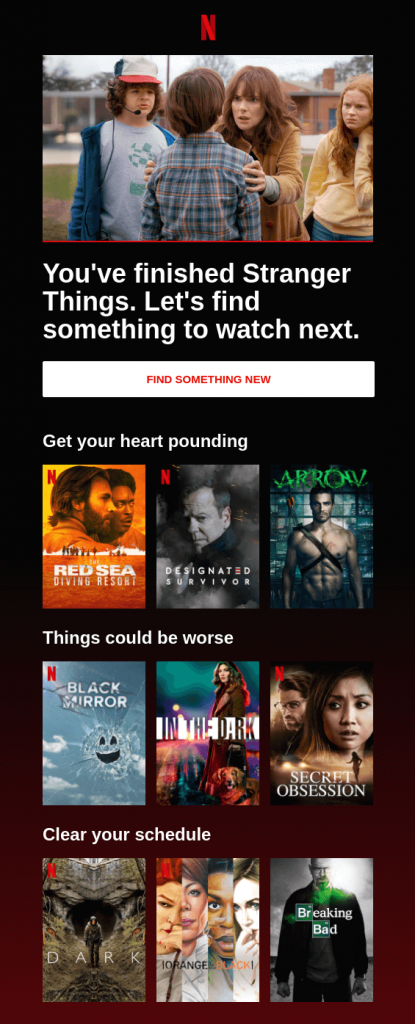Your email newsletters are an important resource for attracting new customers as well as cementing your value to existing customers. Over the last quarter, we’ve seen click rates sit around 7.55%. Focusing on richer metrics, like click rates, can give you a better idea of how your subscribers are engaging with the content you’re creating and what genuinely interests them. So if you feel interest levels may be dwindling, it may be time to give your email campaigns a makeover. Here are 5 email content ideas that are coming out on top.
1. User-generated content
User-generated content is one trend on the horizon that isn’t leaving us anytime soon. No one does a better job at advocating your brand than your customers. In fact, 93% of marketers agree that consumers trust content created by customers over content that is created by brands.
Some great ways to accumulate user content could be gathering customer testimonials, sourcing feedback from third-party review sites, and actively keeping track of your mentions and tags on your socials. Utilising this first-hand feedback is a great way to demonstrate real-world proof of your product’s effectiveness and may engage those fence-sitters to help influence their purchase decision.
2. Animated gifs
Gifs can help breathe a new life into your emails in a way that static images cannot. Adding movement to your emails immediately catches the eye and sparks interest, encouraging subscribers to keep scrolling to that all-important CTA. We recommend using animations that revolve around your product or service which will serve more of a bespoke purpose in your message, instead of using stock-made Gifs that your audience may have seen before.
Instead of inserting a step-by-step list of how a product feature works, Miro uses a gif to give a guided tutorial and show off the benefits of using their software! This example is proof that you don’t need to spend hours crafting a dramatic gif when small animations or even screen recordings are just as effective at creating intrigue. Just remember to keep your gif file size down.

3. Incentives
Incentives like flash sales, special discounts and competition giveaways are all very enticing and a great way to engage subscribers. However, incentives don’t always need to represent something of monetary value. It could be VIP access to your event’s early bird tickets, or sharing helpful resources like a whitepaper or a how-to video – all of which still act as powerful clickbait. Special incentive offerings like this help reaffirm the value in subscribing to your communications.
4. Conditional content
We all know personalisation is a staple ingredient in email campaigns. But if you want to stand out in the inbox you’re going to need to work a little harder. Conditional content is one way to make sure you’re not sending irrelevant content to your subscribers. Think about what type of emails you’re sending and what customer information you need to create your subscriber segments. The possibilities are endless but we’ll give you just a few examples:
- RSPCA use conditional content to personalise the hero image based on subscribers’ preference over cats or dogs.

- Nordstrom uses subscribers’ geo-location to determine what products they promote.

- Netflix’s re-engagement campaign draws from users’ watch history to suggest similar tv shows and movie genres.

5. Creating a sense of urgency
There’s nothing like a fast-approaching deadline to kick yourself into gear. The same applies to your emails. Whether you have an upcoming event or promotional offer, adding a live count down timer can help build anticipation and convince your subscribers to act now or risk missing out.
If you’re planning to put these email content ideas into practice, make sure you monitor your email reporting data. Using a tool like our click maps is especially important when it comes to identifying what kind of content elements your audience may naturally gravitate towards.


